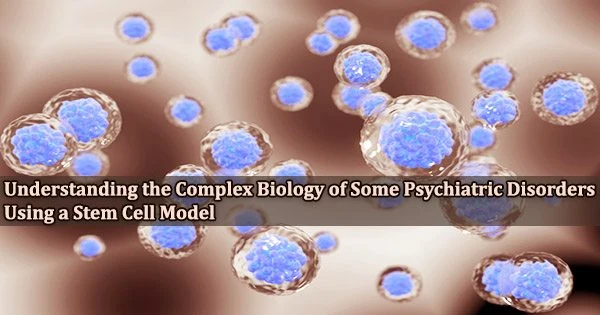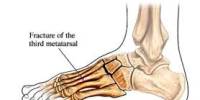In order to map illness risk variations in human neurons, researchers from the Icahn School of Medicine at Mount Sinai used an unique stem cell model. This work may help shed light on the molecular mechanisms underlying neuropsychiatric disorders including autism and schizophrenia.
One of biology’s fields that is developing the fastest is stem cell research, which has a wide range of extremely promising future applications. This Special Issue contains cutting-edge research on adult stem cells, induced pluripotent stem cells (iPSCs), embryonic stem cells, and cancer stem cells in order to centralize and contextualize some of the most recent advancements.
The team’s in vitro cellular model, described in the May 31, 2022 issue of Cell Reports, is designed to enable future researchers to elucidate the disease mechanisms involving genome-wide association studies (GWAS) that characterize different risk alleles (common genetic variants conferring risk) for psychiatric disorders.
This study may help develop better diagnostic methods for spotting psychiatric problems years before patient symptoms manifest. The area of medicine that focuses on mental, emotional, and behavioral diseases is called psychiatry. As such, the term, “psychiatric disorder,” refers to a broad range of problems that disturb a person’s thoughts, feelings, behavior or mood.
Psychiatric diseases, also known as “mental illness” and “mental health conditions,” can have a serious impact on a person’s capacity to perform at job or school or uphold healthy social relationships.
Important note: Mental illness is not a weakness. It is a medical condition. The most effective therapies for psychiatric diseases differ from person to person and rely on the precise disorder as well as the extent and severity of the symptoms.
The study focuses on identifying cis-regulatory components in human neurons that may be related to the heredity of psychiatric disorders. Cis-regulatory elements, such as promoters and enhancers, are non-coding DNA sequences regulating gene expression and are thus vital components of the genetic regulatory network.
Our research attempts to decode and transfer highly complex genetic insights into medically actionable information. That means improving our diagnostic capabilities, predicting clinical trajectories, and identifying presymptomatic points of therapeutic intervention for psychiatric disorders.
Dr. Nan Yang
A considerable enrichment of common variations in the cis-regulatory elements, including those linked to bipolar illness, schizophrenia, and autistic spectrum disorder, has been found in previous genetic investigations.
“While common risk variants can shed light on the underlying molecular mechanism, identifying causal variants remains challenging for scientists,” says Nan Yang, PhD, Assistant Professor of Neuroscience at the Icahn School of Medicine of Mount Sinai, and senior author of the study.
“That’s because cis-regulatory elements, particularly the enhancers, vary across cell types and activity states. Typically, researchers can only use postmortem brain samples where the neurons are no longer active. As a result, they are likely to miss enhancers that only respond to stimulation. Our approach is to map cis-regulatory elements in human neurons derived from pluripotent stem cells. That allows us to replicate neurons in the human brain that can be affected by different types of neuropsychiatric disease, and conduct mechanistic studies of human genetic variants that are inaccessible from other types of human samples.”
In recent years, GWAS have identified hundreds of gene regions associated with psychiatric disease, though understanding disease pathophysiology has been elusive. With the aid of stem cell models, the functional genomics strategy that Dr. Yang and her team developed can assist determine the effects of patient-specific variations on various cell types, genetic backgrounds, and environmental circumstances.
The groundwork for translating risk variants to genes, genes to pathways, and pathways to circuits that indicate the synergistic link between disease risk factors within and between the different types of brain cells is effectively laid by this novel approach.
“Our research attempts to decode and transfer highly complex genetic insights into medically actionable information,” says Dr. Yang, who is a member of the Black Family Stem Cell Institute, The Friedman Brain Institute, and The Ronald M. Loeb Center for Alzheimer’s Disease within the Mount Sinai Health System.
“That means improving our diagnostic capabilities, predicting clinical trajectories, and identifying presymptomatic points of therapeutic intervention for psychiatric disorders.”
Dr. Yang and her team’s study, which they feel will have significant positive effects on the scientific community, characterized cell-type-specific and activity-regulated gene expression patterns in human cell-derived neurons.
“Our data can guide choosing relevant cell types of experimental conditions to further elucidate molecular mechanisms of disease across the genome,” she points out. “And that could lead to the development of biomarkers that might detect neuropsychiatric disorders years before they manifest themselves in patients, while there is still time to delay or possibly prevent them.”
















